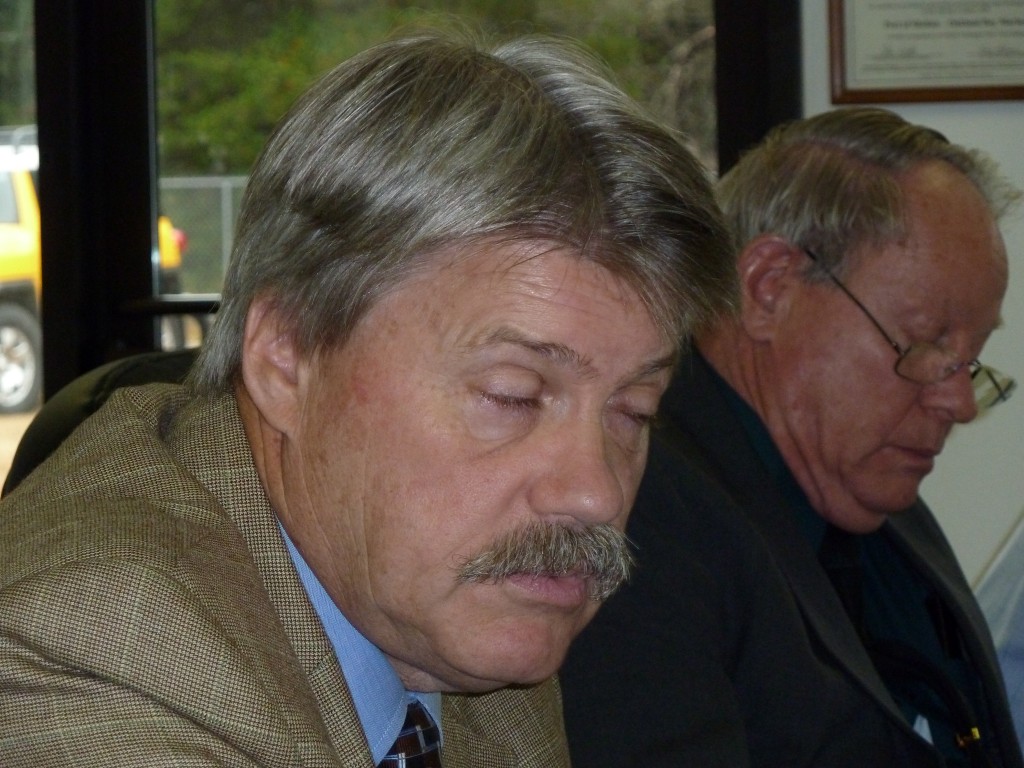Social cooperation network experiments are similar to the paradox of the commons–and aren’t really ‘hypothetical’ at all. We’re seeing this in all its variations around us daily. A man who steals a goose from the commons is arrested while another who steals the commons itself is rewarded.
In this small rural mountain community (Mason County) called home, there are pork commissioners on record, e.g. Jay Hupp, LITERALLY boasting about lusting after the resources essential to our survival and quality of life. (http://amicuscuria.com/wordpress/?p=287)
There may be more varied types of cooperation in nature than a simple dichotomy, but it’s easy to see greed is rampant despite cooperation being our only glimmer of hope for sustained survival.
But robber barons do more than simply steal the commons–they set an example of avarice others emulate. Reagan comes to mind–a President who made conspicuous consumption and flaunting of wealth socially acceptable…fashionable even. We may each die alone, but we’ll all breathe shit together!
Ah, to Cooperate or Defect?
It’s known as ‘The Prisoner’s Dilemma’ and is a type of cooperation-strategy game well-known amongst Game Theorists and Computational Scientists. In the game, players mutually benefit from cooperating (“collaborating”) with each other (they each earn modest financial reward). But greater benefit can be gained, by one player, by ‘defecting’ from the mutually beneficial, collaborative behavior. This latter behavior tends to promote its own spread*, until one may be left with a situation in which no one cooperates or benefits.
That can spell bad news for a society or social network.
In fact, most social scientists studying the problems and conflicts of social cooperation believe that a society (or social network) in which the majority collaborate is unattainable, and many have conjectured that the structure of the population determines the level of cooperation.
But how to test this hypothesis? Answer: conduct a large-scale, synchronized, Prisoner’s Dilemma game and track the decisions players make in real-time.
Conducted on December 20 of last year at La Espacio Zaragoza Activa, Aragon (an ‘autonomous community’ of Spain), it was the largest ‘scientific-social cooperation’ experiment ever carried out, and involved the participation of 1303 high school students from 42 schools in Aragon — all monitored over a three-hour period by a sizable consortium of researchers.
What do the results of this Experiment tell us about Social Cooperation?
Data is still being analyzed, but one of the most salient findings was that different types of people tends to arise in the experimental groupings, and, that these types tend to occur in roughly the same frequency.
In any given social group or network, approximately 5% always try to help (cooperate with) their neighbors, with just over a third (35%) who never do (these tend to ‘defect’ from the collaboration the soonest)… the remaining 60% occasionally cooperated, depending (most often) on two factors: their mood at the time, and, what their neighbors did (how cooperative they were) previously.
Research panel monitoring the largest social cooperation study ever conducted to determine the problems and conflicts arising from cooperation in present day society.
Other Findings from the Social Cooperation Experiment
Interestingly — but not surprising to many — there was a difference in the level of cooperation according to sex; in general, girls cooperated 10% more than did boys.
Also noted in the early analysis was that the type of high school program being studied had a slight impact on cooperation; students in a humanities and/or social science program showed a 4% higher cooperation level than did those studying in a scientific technology program.
In terms of interesting, but negative, findings, analysis showed that there were no significant differences in cooperation levels amongst players based upon family size (i.e., whether only children or possessing siblings), nor any differences based upon geographical origin (i.e., rural or urban residence).
As a whole, a 35% cooperation rate was observed in the student participants.
So, extrapolating to the real world: if you ask your neighbors for help often, over all, there’s a (slightly better than) one in three chance that he/she/they will cooperate (but you might improve your odds by being neighborly to them, first).
Two Tests, Two Network Types, One Hypothesis: “The Urgency of the Cooperation”
An important feature of this experiment was that it included two types of groups: one group was comprised of “regular networks”, where every member of the groups had the same number of social connections (classmates, neighbors), with the second group being “scale free” (or heterogeneous), that is, some members were connected to many neighbors, while others were connected to very few.
Cooperative behavior was monitored to determine if it varied when players always interacted with the same neighbors/classmates, versus, when the structure of their network was changed randomly (by the researchers) after each interaction (i.e., the playing of the Prisoner’s Dilemma game with different neighbors each time).
In this way, researchers were able to test their hypothesis that the structure of the population determines the level of cooperation (the “urgency of the cooperation”). Early analysis of the data seems to confirm that “the structure of the interaction network” influences a “medium level of cooperation”.
More complete analyses of the data from this first-of-its-kind social experiment are expected in future journal publications.
The experiment was organized by researchers from the Instituto Biocomputación y Física de Sistemas Complejos (The Institute for Biocomputation and Physics of Complex Systems) (BIFI) at the Universidad de Zaragoza, together with the Fundación Ibercivis and Universidad Carlos III de Madrid (UC3M).
* This is known as the ‘Rapoport strategy’, after the game theorist, Anatol Rapoport, who developed the algorithm for the most successful game-winning strategy, i.e., “copy your opponent” (or “tit for tat”). Some social scientists (like Hammerstein) feel that applications of the PD game to real-life situations have limited value for providing insight into human nature, arguing that Nature provides far more opportunities for variable cooperation, as opposed to the either/or (cooperate or defect) choices of the PD model, despite its usefulness in mathematical models.


